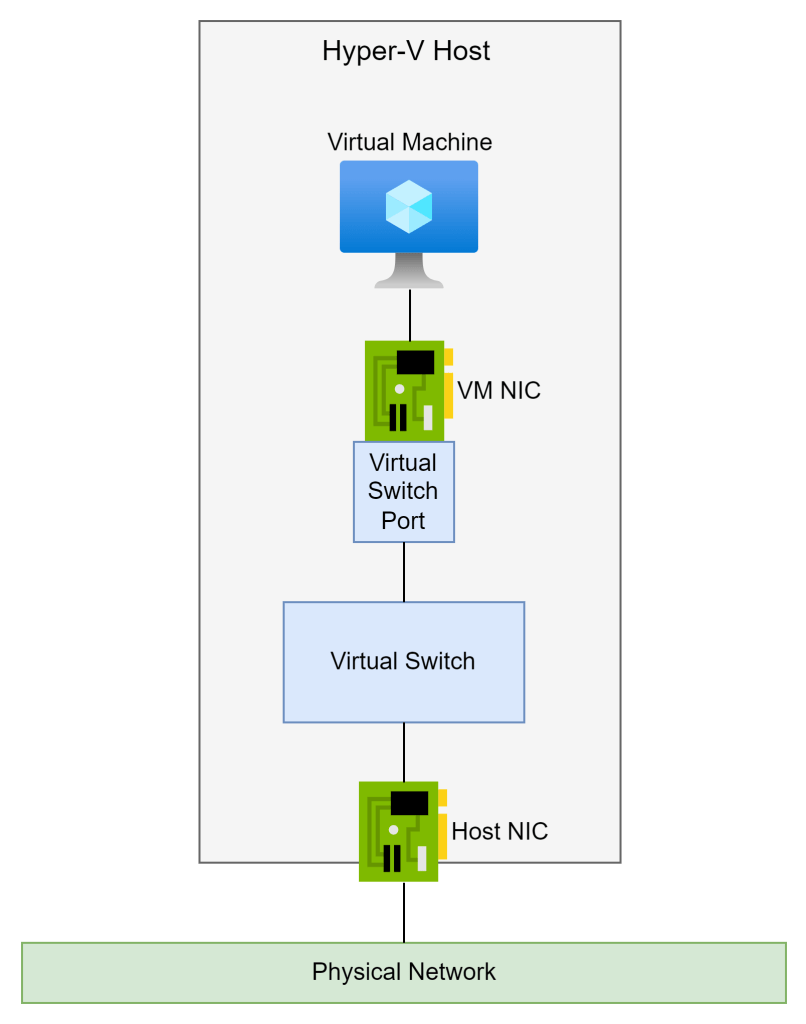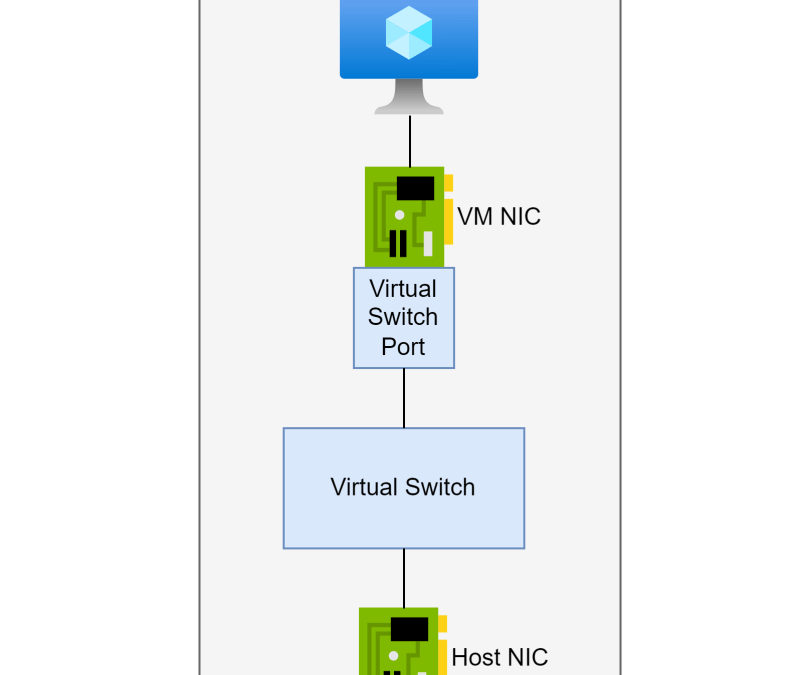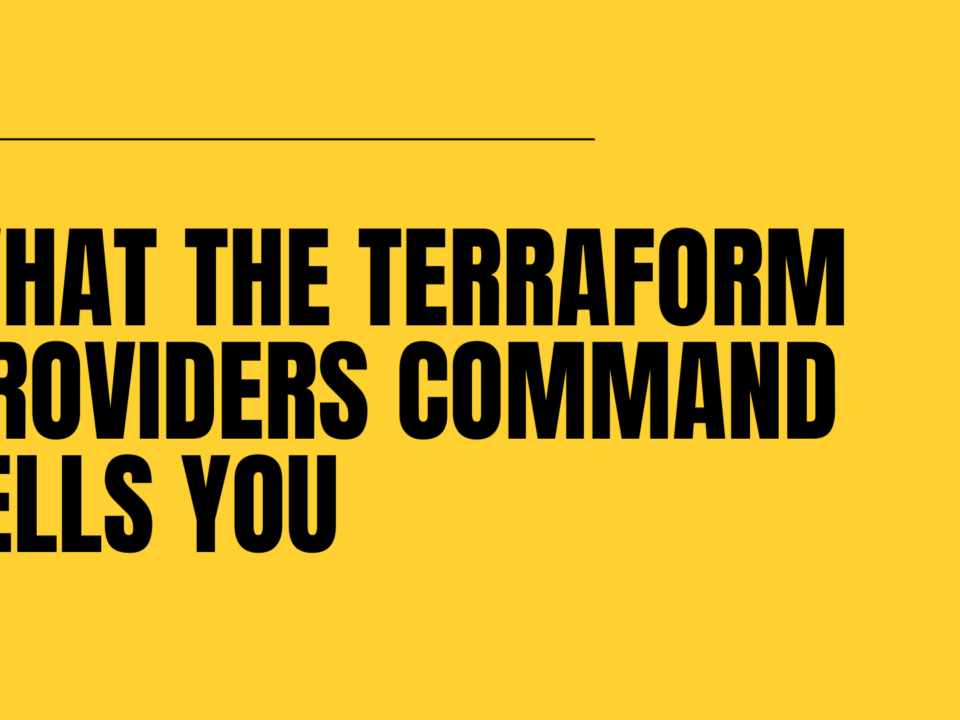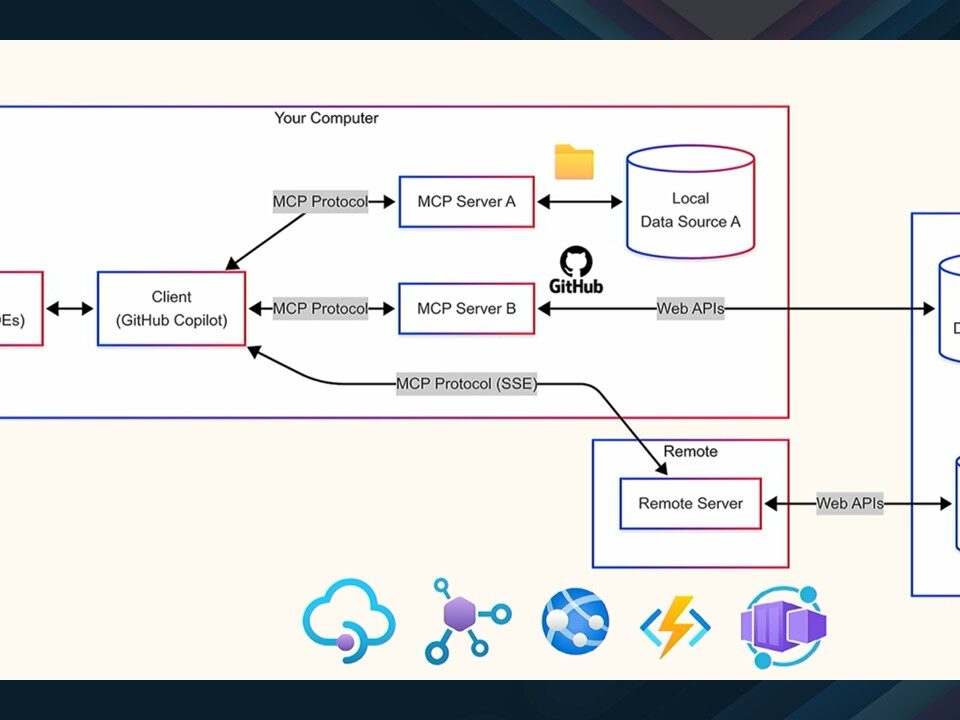Data Storage in Azure OpenAI Service
February 19, 2025The AI Transformation Collection on the Microsoft Partner Network
February 19, 2025Yesterday, I explained how packets travel in Azure networking while telling you Azure virtual networks do not exist. The purpose was to get readers closer to figuring out how to design good and secure Azure networks without falling into traps of myths and misbeliefs. The next topic I want to tackle is Network Security Groups – I want you to understand how NSGs work … and this will also include Admin Rules from Azure Virtual Network Manager (AVNM).
Port ACLs
In my previous post, Azure Virtual Networks Do Not Exist, I said that Azure was based on Hyper-V. Windows Server 2012 introduced loads of virtual networking features that would go on to become something bigger in Azure. One of them was a mostly overlooked-by-then-customers feature called Port ACLs. I liked Port ACLs; it was mostly unknown, could only be managed using PowerShell and made for great demo content in some TechEd/Ignite sessions that I did back in the day.
Remember: Everything in Azure is a virtual machine somewhere in Azure, even “serverless” functions.
The concept of Port ACLs was it gave you a simple firewall feature controlled through the virtualisation platform – the virtual machine and the guest OS had no control and had to comply. You set up simple rules to allow or deny transport layer (TCP/UDP) traffic on specific ports. For example, I could block all traffic to a NIC by default with a low-priority inbound rule and introduce a high-priority inbound rule to allow TCP 443 (HTTPS). Now I had a web service that could receive HTTPS traffic only, no matter what the guest OS admin/dev/operator did.
Where are Port ACLs implemented? Obviously, it is somewhere in the virtualisation product, but the clue is in the name. Port ACLs are implemented by the virtual switch port. Remember that a virtual machine NIC connects to a virtual switch in the host. The virtual switch connects to the physical NIC in the host and the external physical network.

A virtual machine NIC connects to a virtual switch using a port. You probably know that a physical switch contains several ports with physical cables plugged into them. If a Port ACL is implemented by a switch port and a VM is moved to another host, then what happens to the Port ACL rules? The Hyper-V networking team played smart and implemented the switch port as a property of the NIC! That means that any Port ACL rules that are configured in the switch port move with the NIC and the VM from host to host.
NSG and Admin Rules Are Port ACLs
Along came Azure and the cloud needed a basic rules system. Network Security Groups (NSGs) were released and gave us a pretty interface to manage security at the transport layer; now we can allow or deny inbound or outbound traffic on TCP/UDP/ICMP/Any.
What technology did Azure use? Port ACLs of course. By the way, Azure Virtual Network Manager introduced a new form of basic allow/deny control that is processed before NSG rules called Admin Rules. I believe that this is also implemented using Port ACLs.
A Little About NSG Rules
This is a topic I want to dive deep into later, but let’s talk a little about NSG rules. We can implement inbound (allow or deny traffic coming in) or outbound (allow or deny traffic going out) rules.
A quick aside: I rarely use outbound NSG rules. I prefer using a combination of routing and a hub firewall (dey all by default) to control egress traffic.
When I create a NSG I can associate it with:
- A NIC: Only that NIC is affected
- A subnet: All NICs, including Vnet integrated PaaS resources and Private Endpoints, are affected
The association is simply a management scaling feature. When you associate a NSG with a subnet the rules are not processed at the subnet.
Tip: virtual networks do not exist!
Associating a NSG resource with a subnet propagates the rules from the NSG to all NICs that are connected to that subnet. The processing is done by Port ACLs at the NIC.
This means:
- Inbound rules prevent traffic from entering the virtual machine.
- Outbound rules prevent traffic from leaving the virtual machine.
Which association should you choose? I advise you to use subnet association. You can see/manage the entire picture in one “interface” and have an easy-to-understand processing scenario.
If you want to micro-manage and have an unpredictable future then go ahead and associate NSGs with each NIC.
If you hate yourself and everyone around you, then use both options at the same time:
- The subnet NSG is processed first for inbound traffic.
- The NIC NSG is processed first for outbound traffic.
Keep it simple, stupid (the KISS principle).
Micro-Segmentation
As one might grasp, we can use NSGs to micro-segment a subnet. No matter what the resources do, they cannot bypass the security intent of the NSG rules. That means we don’t need to have different subnets for security zones:
- We zone using NSG rules.
- Virtual networks and their subnets do not exist!
The only time we need to create additional subnets is when there are compatibility issues such as NSG/Route table association or a PaaS resource requires a dedicated subnet.
Watch out for more content shortly where I break some myths and hopefully simplify some of this stuff for you. And if I’m doing this right, you might start to look at some Azure networks (like I have) and wonder “Why the heck was that implemented that way?”.
The post How Do Network Security Groups Work? first appeared on Aidan Finn, IT Pro.



